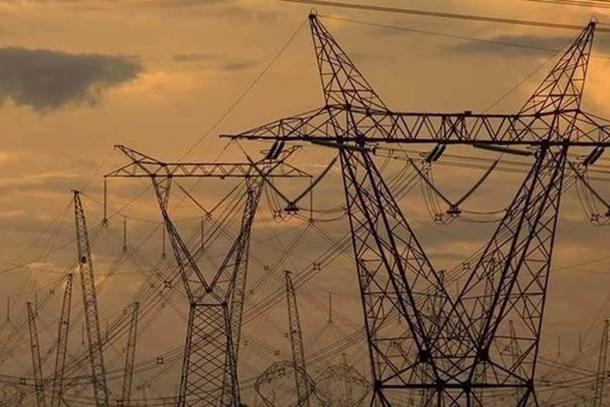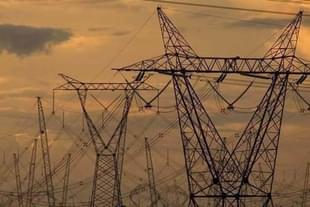Infrastructure
UP Power Minister A.K. Sharma Stands By Privatisation Plan For DISCOMs, Calls It Key To Tackle Electricity Theft In State
Swarajya Staff
Dec 19, 2024, 01:45 PM | Updated 04:04 PM IST
Save & read from anywhere!
Bookmark stories for easy access on any device or the Swarajya app.


The proposed privatisation of power distribution in Uttar Pradesh sparked intense debate in the Vidhan Parishad yesterday (18 December).
UP's Power Minister A.K. Sharma asserted that privatisation would address the longstanding issue of power theft in the state.
Amid allegations by the Samajwadi Party (SP) members, the minister said that the SP’s real worry was organised power theft that was unlikely to continue under the private companies, as reported by Hindustan Times.
Power theft remains a key challenge in Uttar Pradesh, adding heavily to the mounting debts of government-run DISCOMs.
According to UPPCL, the state’s five government-run DISCOMs are collectively incurring losses of Rs 1.1 lakh crore.
The problem is particularly severe in rural areas, where raids and confrontations to power thefts often leads to threats and safety risks of to DISCOM staff. (more details in Swarajya's ground report, here)
The minister also highlighted this issue, stating a recent incident in Sambhal, where six mosques were collectively found to have stolen 130 kW of electricity.
The proposed plan by the power ministry involves a public-private partnership (PPP) model, focusing on improving the financial health of struggling DISCOMs by introducing private sector involvement in high-deficit areas.
Minister Sharma emphasised that the PPP model, first introduced during the Manmohan Singh-led government at the Centre, has been successful elsewhere.
He cited Agra and Noida as examples of cities where privatization ensured reliable, 24-hour electricity supply. “If privatisation can guarantee round-the-clock electricity for consumers, what’s wrong with it?” he asked.
Under the arrangement proposed by the government, UPPCL will retain a 49 per cent stake in the new entities, while private players will hold a 51 per cent majority.
UPPCL will continue to manage loan repayments to state and central governments, banks, and financial institutions.





